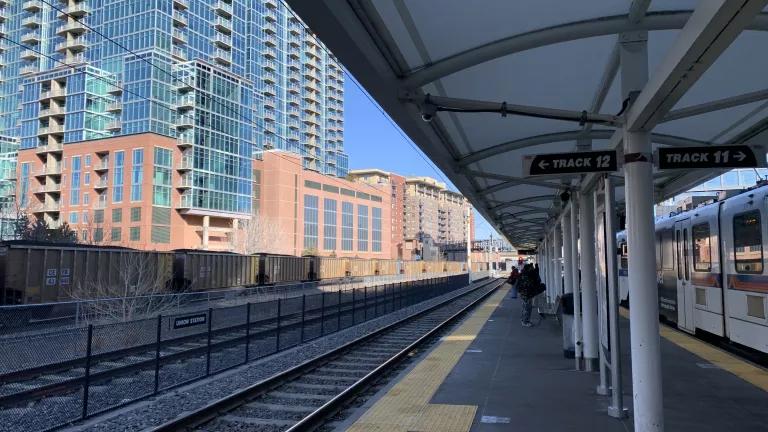
Lead Author: Juan Declet-Barreto
Communities across United States face the joint challenges of climate change and growing inequality. Properly addressing these challenges means first understanding the unique situation of each community—where they are vulnerable and where policies will have the greatest impact. A Community Vulnerability Assessment (CVA) does just that. It evaluates the vulnerability of people and places—exploring the adverse effects of climate change, the intersecting social implications, and a community’s ability to respond to the expected conditions. CVAs provide a collaborative basis for addressing these vulnerabilities and serve to prioritize and align climate adaptation as a means of addressing poverty, improving health, and creating opportunities for wealth.
This guide explores what a CVA is and the important elements of building a successful CVA team, covers the process of executing the assessment, and dives into two CVA case studies and how they have been applied to inform local decision making. It is designed to be a resource for local advocates across sectors such as housing, transportation, land use, health, or community organizing, and especially those who work at the neighborhood level. The hope is to make the CVA process accessible for more communities, who can use it to bring about positive local change.
Recommended Citation:
Juan Declet-Barreto, Marissa J. Ramirez*, and Kristi Pullen Fedinick*, Guide to Community Climate Vulnerability Assessments, NRDC, August 2020, https://www.nrdc.org/sites/default/files/guide-community-climate-vulnerability-assessments-report.pdf.
*contributed equally




